Stewart J. College Algebra: Concepts and Contexts
Подождите немного. Документ загружается.

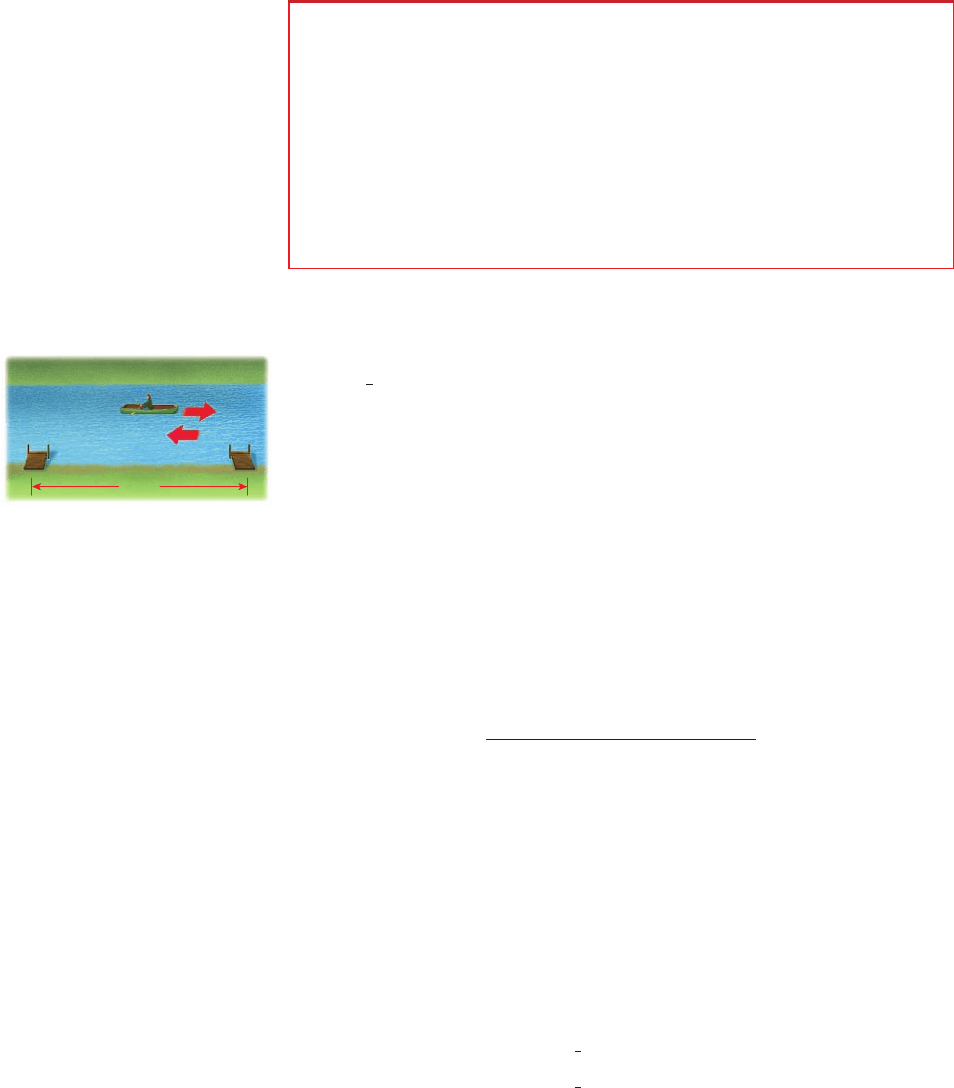
574 CHAPTER 7
■
Systems of Equations and Data in Categories
Guidelines for Modeling with Systems of Equations
example
6
A Distance-Speed-Time Problem
A woman rows a boat upstream from one point on a river to another point 4 miles
away in hours. The return trip, traveling with the current, takes only 45 minutes.
How fast does she row relative to the water, and at what speed is the current flowing?
Solution
Identify the variables. We are asked to find the rowing speed and the speed of
the current, so we let
(mi/h)
(mi/h)
Express unknown quantities in terms of the variables. The woman’s speed
when she rows upstream is her rowing speed minus the speed of the current; her
speed downstream is her rowing speed plus the speed of the current. We now
translate this information into the language of algebra.
y = current speed
x = rowing speed
1
1
2
Current
4 mi
1. Identify the variables. Identify the quantities that the problem asks you
to find. Introduce notation for the variables (call them x and y or some
other letters).
2. Set up a system of equations. Find the facts in the problem that relate
the quantities you identified in Step 1. Set up a system of equations (or a
model) that expresses these relationships.
3. Solve the system and interpret the results. Solve the system you
found in Step 2, and state your final answer as a sentence that answers
the question posed in the problem.
In Words In Algebra
Rowing speed x
Current speed y
Speed upstream
x - y
Speed downstream
x + y
The distance upstream and downstream is 4 miles, so using the fact that
for both legs of the trip, we get
Set up a system of equations. In algebraic notation this translates into the
following equations.
Equation 1
Equation 2
(The times have been converted to hours, since we are expressing the speeds in
miles per hour.)
Solve the system. We multiply the equations by 2 and 4, respectively, to clear
the denominators.
1x + y 2
3
4
= 4
1x - y 2
3
2
= 4
speed downstream * time downstream = distance traveled
speed upstream * time upstream = distance traveled
speed * time = distance
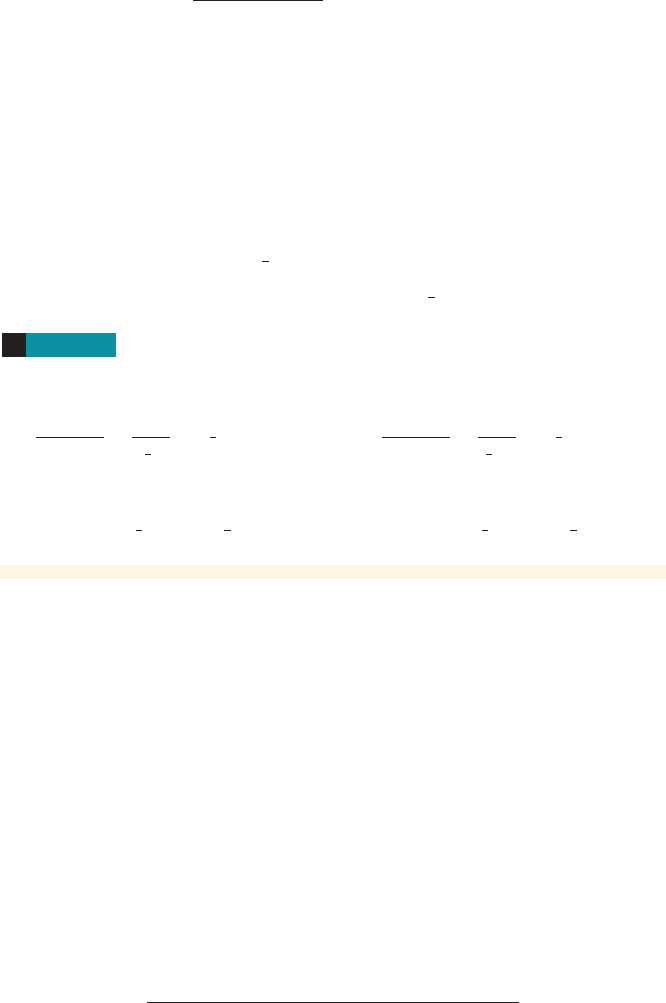
SECTION 7.1
■
Systems of Linear Equations in Two Variables 575
Add
Solve for x
Back-substituting this value of x into the first equation above (the second works just
as well) and solving for y, we get
Equation
Back-substitute
Subtract 12
Solve for y
The woman rows at 4 mi/h, and the current flows at mi/h.
Speed upstream is Speed downstream is
mi/h,
and this should equal
rowing
mi/h mi/h mi/h ✓
■ NOW TRY EXERCISE 51 ■
= 2
2
3
-
4
3
= 4
speed - current speed
distance
time
=
4 mi
1
1
2
h
= 2
2
3
✓ CHECK
1
1
3
y =
4
3
- 3y = 8 - 12
x = 4 3
#
4 - 3y = 8
3 x - 3y = 8
x = 4
6 x = 24
4 * Equation 2
2 * Equation 1
e
3x - 3y = 8
3x + 3y = 16
mi/h,
and this should equal
rowing
mi/h mi/h mi/h ✓= 5
1
3
+
4
3
= 4
speed + current speed
distance
time
=
4 mi
3
4
h
= 5
1
3
example
7
A Mixture Problem
A vintner fortifies wine that contains 10% alcohol by adding a 70% alcohol solution
to it. The resulting mixture has an alcoholic strength of 16% and fills 1000 one-liter
bottles. How many liters of the wine and of the alcohol solution does the vintner use?
Solution
Identify the variables. Since we are asked for the amounts of wine and
alcohol, we let
Express unknown quantities in terms of the variables. From the fact that the wine
contains 10% alcohol and the solution contains 70% alcohol, we get the following.
y = amount of alcohol solution used 1in liters 2
x = amount of wine used 1in liters 2
In Words In Algebra
Amount of wine used x
Amount of alcohol solution used y
Amount of alcohol in wine 0.10x
Amount of alcohol in solution 0.70y
The volume of the mixture must be the total of the two volumes the vintner is adding
together, so
x + y = 1000

576 CHAPTER 7
■
Systems of Equations and Data in Categories
Also, the amount of alcohol in the mixture must be the total of the alcohol con-
tributed by the wine and by the alcohol solution, that is,
Total alcohol is 16% of 1000 L
Simplify
Multiply by 10 to clear decimals
Set up a system of equations. Thus we get the system
Equation 1
Equation 2
Solve the system. Subtracting the first equation from the second eliminates the
variable x, and we get
Subtract Equation 1 from Equation 2
Solve for y
We now back-substitute into the first equation and solve for x.
Equation 1
Back-substitute
Solve for x
The vintner uses 900 L of wine and 100 L of the alcohol solution.
■ NOW TRY EXERCISE 55 ■
x = 900
y = 100 x + 100 = 1000
x + y = 1000
y = 100
y = 100
6 y = 600
e
x + y = 1000
x + 7y = 1600
x + 7 y = 1600
0.10x + 0.70y = 160
0.10x + 0.70y = 10.1621000
7.1 Exercises
Fundamentals
1. A set of equations involving the same variables is called a _______ of equations.
2. The system of equation
is a system of two equations in the two variables
_______ and _______. To determine
whether is a solution of this system, we check whether each
_______ in the
system is true when x is 5 and y is .
3. Which of the following is a solution of the system of equations in Exercise 2?
4. A system of linear equations in two variables can be solved by using the _______
method, the _______ method, or the graphical method.
5. A system of two linear equations in two variables can have one solution,
_______
solution, or _______ _______ solutions. How many solutions does each of the
following systems have?
(a) (b) e
x - y = 1
3x + 3y = 3
e
x + y = 1
x + y = 2
15, - 12,
1- 1, 32,12, 12
- 1
15, - 12
e
2x + 3y = 7
5x - y = 9
CONCEPTS
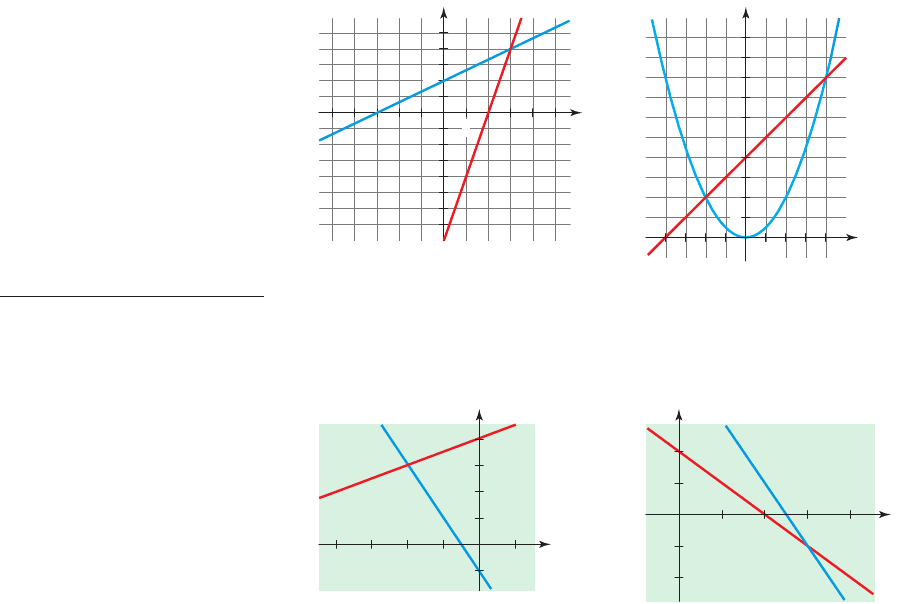
SECTION 7.1
■
Systems of Linear Equations in Two Variables 577
6. The following is a system of two linear equations in two variables:
The graph of the first equation is the same as the graph of the second equation, so the
system has
_______ _______ solutions. We express these solutions by writing
where t is any real number. Some of the solutions of this system are (1, ____)
(⫺3, ____), and (5, ____).
Think About It
7–8 ■ A system of equations and their graphs are given. Note that one of these systems is
not linear.
(a) Use the graph to find the solution(s) of the system.
(b) Check that the solutions you found in part (a) satisfy the system.
7. 8. e
2y - x
2
= 0
y - x = 4
e
4x - y = 8
- 2x + 3y = 6
y = ________
x = t
e
x + y = 1
2x + 2y = 2
x
y
0
1
4
y
x
0
1
1
9–10 ■ Two equations and their graphs are given. Find the intersection point of the graphs
by solving the system.
9. 10. e
x + y = 2
2x + y = 5
e
2x + y =-1
x - 2y =-8
x
y
1
1
0
x
y
1
1
0
SKILLS
11–16 ■ Graph each linear system, either by hand or using a graphing device. Use the
graph to determine whether the system has one solution, no solution, or infinitely
many solutions. If there is exactly one solution, use the graph to find it.
11. 12. e
2x - y = 4
3x + y = 6
e
x - y = 4
2x + y = 2

578 CHAPTER 7
■
Systems of Equations and Data in Categories
13. 14.
15. 16.
17–20
■ Use the substitution method to solve the system of linear equations.
17. 18.
19. 20.
21–24 ■ Use the elimination method to solve the system of linear equations.
21. 22.
23. 24.
25–40 ■ Solve the system, or show that it has no solution. If the system has infinitely many
solutions, express them in the ordered-pair form given in Example 4.
25. 26.
27. 28.
29. 30.
31. 32.
33. 34.
35. 36.
37. 38.
39. 40.
41–44
■ Use a graphing device to graph both lines in the same viewing rectangle. (Note
that you must solve for y in terms of x before graphing if you are using a graphing
calculator.) Solve the system correct to two decimal places, either by zooming in
and using or by using
Intersect.
41. 42.
43. 44. e
- 435x + 912y = 0
132x + 455y = 994
e
2371x - 6552y = 13,591
9815x + 992y = 618,555
e
18.72x - 14.91y = 12.33
6.21x - 12.92y = 17.82
e
0.21x + 3.17y = 9.51
2.35x - 1.17y = 5.89
TRACE
e
-
1
10
x +
1
2
y = 4
2x - 10y =-80
e
1
3
x -
1
4
y = 2
- 8x + 6y = 10
e
26x - 10y =-4
- 0.6x + 1.2y = 3
e
0.4x + 1.2y = 14
12x - 5y = 10
e
u - 30√ =-5
- 3u + 80√ = 5
e
8s - 3t =-3
5s - 2t =-1
e
25x - 75y = 100
- 10x + 30y =-40
e
6x + 4y = 12
9x +
6y = 18
e
2x - 3y =-8
14x - 21y = 3
e
2x - 6y = 10
- 3x + 9y =-15
e
- 3x + 5y = 2
9x - 15y = 6
e
x + 4y = 8
3x + 12y = 2
e
- 4x + 12y = 0
12x + 4y = 160
e
x + 2y = 7
5x - y = 2
e
4x -
3y = 28
9x - y =-6
e
- x + y = 2
4x - 3y =-3
e
4x + 2y = 16
x - 5y = 70
e
3x + 2y = 8
x - 2y = 0
e
3x + 2y = 0
- x - 2y = 8
e
2x - 3y = 9
4x + 3y = 9
e
x + y = 7
2x - 3y =-1
e
x + 3y = 5
2x - y = 3
e
x - y = 3
x + 3y = 7
e
x + y = 4
- x + y = 0
e
12x + 15y =-18
2x +
5
2
y =- 3
e
- x +
1
2
y =-5
2x - y = 10
e
2x + 6y = 0
- 3x - 9y = 18
e
2x - 3y
= 12
- x +
3
2
y = 4
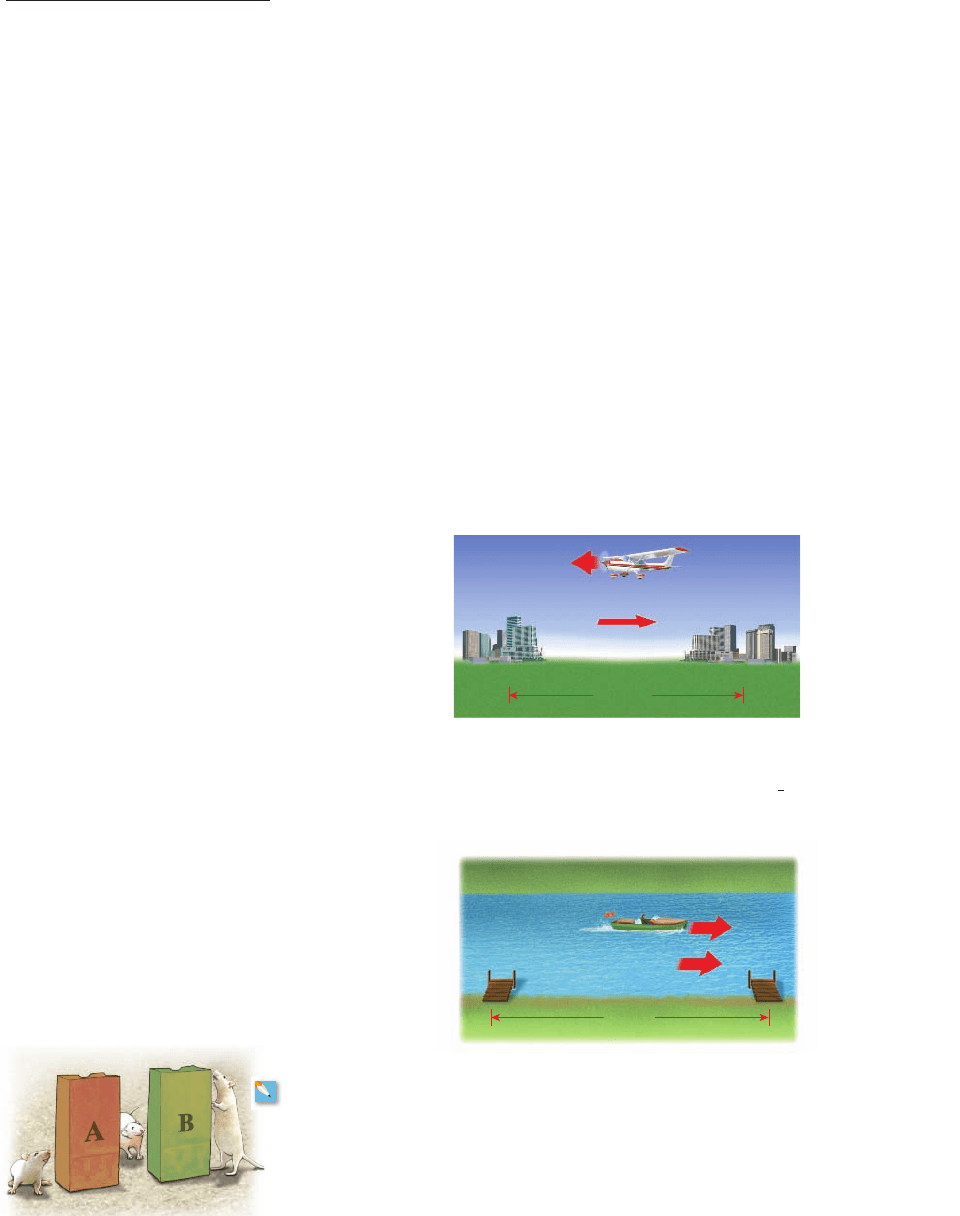
SECTION 7.1
■
Systems of Linear Equations in Two Variables 579
45. Number Problem Find two numbers whose sum is 34 and whose difference is 10.
46. Number Problem The sum of two numbers is twice their difference. The larger
number is 6 more than twice the smaller. Find the numbers.
47. Value of Coins A man has 14 coins in his pocket, all of which are dimes and quarters.
If the total value of his change is $2.75, how many dimes and how many quarters does
he have?
48. Admission Fees The admission fee at an amusement park is $1.50 per child and $4.00
per adult. On a certain day, 2200 people entered the park, and the admission fees that were
collected totaled $5050. How many children and how many adults were admitted?
49. Gas Station A gas station sells regular gas for $2.20 per gallon and premium gas for
$3.00 per gallon. At the end of a business day 280 gallons of gas were sold, and receipts
totaled $680. How many gallons of each type of gas were sold?
50. Fruit Stand A fruit stand sells two varieties of strawberries: standard and deluxe. A
box of standard strawberries sells for $7, and a box of deluxe strawberries sells for $10.
In one day the stand sells 135 boxes of strawberries for a total of $1110. How many
boxes of each type were sold?
51. Airplane Speed A man flies a small airplane from Fargo to Bismarck, North Dakota—
a distance of 180 miles. Because he is flying into a head wind, the trip takes him 2 hours.
On the way back, the wind is still blowing at the same speed, so the return trip takes only
1 hour, 12 minutes. What is his speed in still air, and how fast is the wind blowing?
CONTEXTS
52. Boat speed A boat on a river travels downstream between two points that are 20
miles apart in 1 hour. The return trip against the current takes . What is the
boat’s speed, and how fast does the current in the river flow?
2
1
2
hours
Bismarck
180 mi
Wind
Fargo
20 mi
Current
53. Nutrition A researcher performs an experiment to test a hypothesis that involves the
nutrients niacin and retinol. She feeds one group of laboratory rats a daily diet of
precisely 32 units of niacin and 22,000 units of retinol. She uses two types of
commercial pellet foods. Food A contains 0.12 unit of niacin and 100 units of retinol
per gram. Food B contains 0.20 unit of niacin and 50 units of retinol per gram. How
many grams of each food does she feed this group of rats each day?
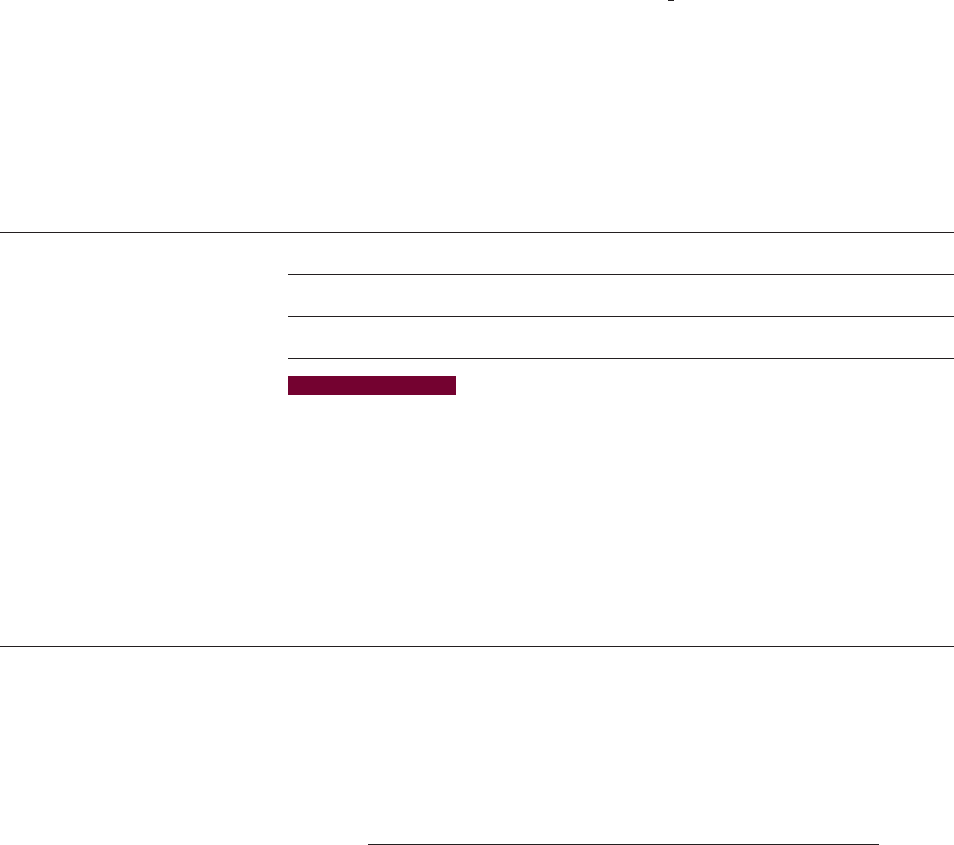
580 CHAPTER 7
■
Systems of Equations and Data in Categories
54. Coffee Blends A customer in a coffee shop purchases a blend of two coffees:
Kenyan, costing $3.50 a pound, and Sri Lankan, costing $5.60 a pound. He buys 3
pounds of the blend, which costs him $11.55. How many pounds of each kind went into
the mixture?
55. Mixture Problem A chemist has two large containers of sulfuric acid solution, with
different concentrations of acid in each container. Blending 300 mL of the first solution
and 600 mL of the second gives a mixture that is 15% acid, whereas blending 100 mL
of the first with 500 mL of the second gives a acid mixture. What are the
concentrations of sulfuric acid in the original containers?
56. Mixture Problem A biologist has two brine solutions, one containing 5% salt and
another containing 20% salt. How many milliliters of each solution should she mix to
obtain 1 liter of a solution that contains 14% salt?
12
1
2
%
2
7.2 Systems of Linear Equations in Several Variables
■
Solving a Linear System
■
Inconsistent and Dependent Systems
■
Modeling with Linear Systems
IN THIS SECTION… we study how to solve systems of three (or more) equations in
three (or more) variables. The method of solution is an extension of the elimination method
that we studied in the preceding section.
Systems with several linear equations and several variables arise in the process of
modeling real-world situations that involve several varying quantities with several
constraints on each variable. In Example 4 we encounter such a situation involving
financial investments. We begin by learning how to solve systems with several vari-
ables and several equations.
2
■ Solving a Linear System
The following are two examples of systems of linear equations in three vari-
ables. The second system is in triangular form; that is, the variable x doesn’t
appear in the second equation, and the variables x and y do not appear in the
third equation.
A system of linear equations A system in triangular form
c
x - 2y - z = 1
- x + 3y + 3z = 4
2x - 3y + z = 10
c
x - 2y - z = 1
y + 2z = 5
z = 3
It’s easy to solve a system that is in triangular form by using back-substitution,
so our goal in this section is to start with a system of linear equations and change it
to a system in triangular form that has the same solutions as the original system. We
begin by showing how to use back-substitution to solve a system that is already in
triangular form.
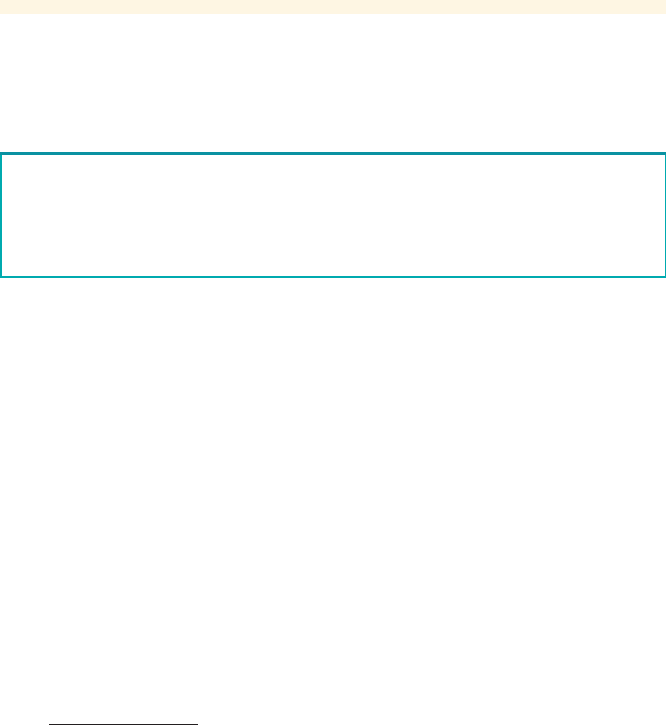
SECTION 7.2
■
Systems of Linear Equations in Several Variables 581
example
1
Solving a Triangular System Using Back-Substitution
Solve the system using back-substitution.
Solution
From the last equation we know that . We back-substitute this into the second
equation and solve for y.
Back-substitute into Equation 2
Solve for y
Then we back-substitute and into the first equation and solve for x.
Back-substitute and into Equation 1
Solve for x
The solution of the system is , , . We can also write the solution
as the ordered triple .
■ NOW TRY EXERCISE 5 ■
The following operations on a linear system always lead to an equivalent sys-
tem (that is, a system with the same solutions as the original system).
Operations That Lead to an Equivalant System
12, - 1, 32
z = 3y =-1x = 2
x = 2
z = 3y =-1 x - 21- 12- 132= 1
z = 3y =-1
y =-1
z = 3 y + 213 2= 5
z = 3
c
x - 2y - z = 1
y + 2z = 5
z = 3
Equation 1
Equation 2
Equation 3
Equation 1
Equation 2
Equation 3
1. Add a nonzero multiple of one equation to another.
2. Multiply an equation by a nonzero constant.
3. Interchange the positions of two equations.
example
2
Solving a System of Three Equations in Three Variables
Solve the system using Gaussian elimination.
Solution
We need to change this to a triangular system, so we begin by eliminating the x-term
from the second equation.
Equation 2
Equation 1
Equation 2 + 1- 12* Equation 1 = new Equation 2
4 y - 4z = 12
x + 2y - z = 13
x - 2y + 3z = 1
c
x - 2y + 3z = 1
x + 2y - z = 13
3x + 2y - 5z = 3
To solve a linear system, we use these operations to change the system to an
equivalent triangular system. Then we use back-substitution as in Example 1. This
process is called Gaussian elimination.

582 CHAPTER 7
■
Systems of Equations and Data in Categories
This gives us a new, equivalent system that is one step closer to triangular form.
Now we eliminate the x-term from the third equation.
Then we eliminate the y-term from the third equation.
The system is now in triangular form, but it will be easier to work with if we divide
the second and third equations by the common factors of each term.
Now we use back-substitution to solve the system. From the third equation we get
. We back-substitute this into the second equation and solve for y.
Back-substitute into Equation 2
Solve for y
Now we back-substitute and into the first equation and solve for x.
Back-substitute and into Equation 1
Solve for x
The solution of the system is , , . We can also write the solution as
the ordered triple (3, 7, 4).
■ NOW TRY EXERCISES 13 AND 17 ■
z = 4y = 7x = 3
x = 3
z = 4y = 7 x - 2172+ 3142= 1
z = 4y = 7
y = 7
z = 4y - 14 2= 3
z = 4
c
x - 2y + 3z = 1
y - z = 3
z = 4
c
x - 2y + 3z = 1
4y - 4z = 12
- 6z =-24
c
x - 2y + 3z = 1
4y - 4z = 12
8y - 14z = 0
c
x - 2y + 3z = 1
4y - 4z = 12
3x + 2y - 5z = 3
8y - 14z = 0
- 3x + 6 y - 9z = - 3
3x + 2 y - 5z = 3
- 6z =-24
- 8y + 8 z = - 24
8y - 14z = 0
Equation 1
Equation 2
Equation 3
Equation 1
Equation 2
Equation 3 + 1- 32* Equation 1 = new Equation 3
Equation 1
Equation 2
Equation 3 + 1- 22* Equation 2 = new Equation 3
Equation 1
-
1
6
* Equation 3 = new Equation 3
1
4
* Equation 2 = new Equation 2
2
■ Inconsistent and Dependent Systems
Just as in the case of a system with two equations in two variables (Section 7.1), a
system of equations in several variables may have one solution, no solution, or infi-
nitely many solutions. A system with no solutions is said to be inconsistent, and a
system with infinitely many solutions is said to be dependent. As we see in the next
example, a linear system has no solution if we end up with a false equation after ap-
plying elementary row operations to the system.

SECTION 7.2
■
Systems of Linear Equations in Several Variables 583
Equation 1
Equation 2
Equation 3
Equation 1
Equation 3 + 1- 32* Equation 1 = new Equation 3
Equation 2 + 1- 22* Equation 1 = new Equation 2
example
3
A System with No Solution
Solve the following system.
Solution
To put this in triangular form, we begin by eliminating the x-terms from the second
equation and the third equation.
Then we eliminate the y-term from the third equation.
The system is now in triangular form, but the third equation says , which is
false. No matter what values we assign to x, y, and , the third equation will never be
true. This means that the system has no solution.
■ NOW TRY EXERCISE 23 ■
z
0 = 2
c
x + 2y - 2z = 1
- 2y + 3z = 4
0 = 2
c
x + 2y - 2z = 1
- 2y + 3z = 0
- 2y + 3z = 2
c
x + 2y - 2z = 1
2x + 2y - z = 2
3x + 4y - 3z = 5
example
4
A System with Infinitely Many Solutions
Solve the following system.
Solution
To put this in triangular form, we begin by eliminating the x-terms from the second
equation and the third equation.
Then we eliminate the y-term from the third equation.
The new third equation is true, but it gives us no new information, so we can drop it
from the system. Only two equations are left. We can use them to solve for x and y
in terms of , but can take on any value, so there are infinitely many solutions.zz
c
x - y + 5z =-2
3y - 6z = 6
0 = 0
c
x - y + 5z =-2
3y - 6z = 6
6y - 12z = 12
c
x - y + 5z =-2
2x + y + 4z = 2
2x + 4y - 2z = 8
Equation 1
Equation 2
Equation 3 + 1- 12* Equation 2 = new Equation 3
Equation 1
Equation 2
Equation 3
Equation 1
Equation 3 + 1- 22* Equation 1 = new Equation 3
Equation 2 + 1- 22* Equation 1 = new Equation 2
Equation 1
Equation 2
Equation 3 + 1- 22* Equation 2 = new Equation 3
